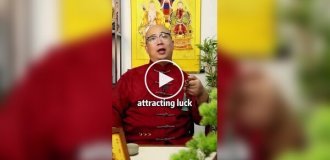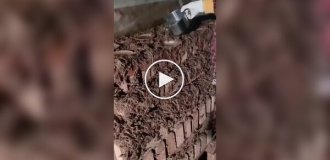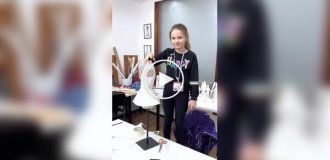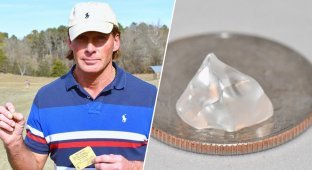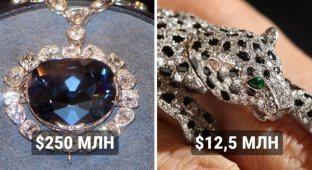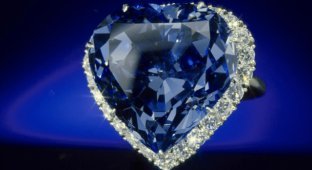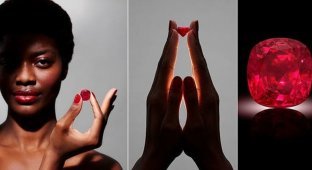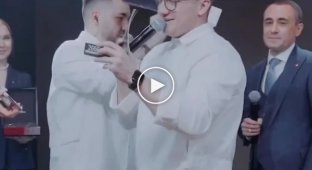A tourist from France found a 7.46-carat diamond in Arkansas (4 photos)
A French tourist discovered a 7.46-carat diamond in Crater of Diamonds State Park in Arkansas, USA. This is one of the few diamond-bearing areas accessible to the public. The man said he would turn his find into an engagement ring for his future wife. 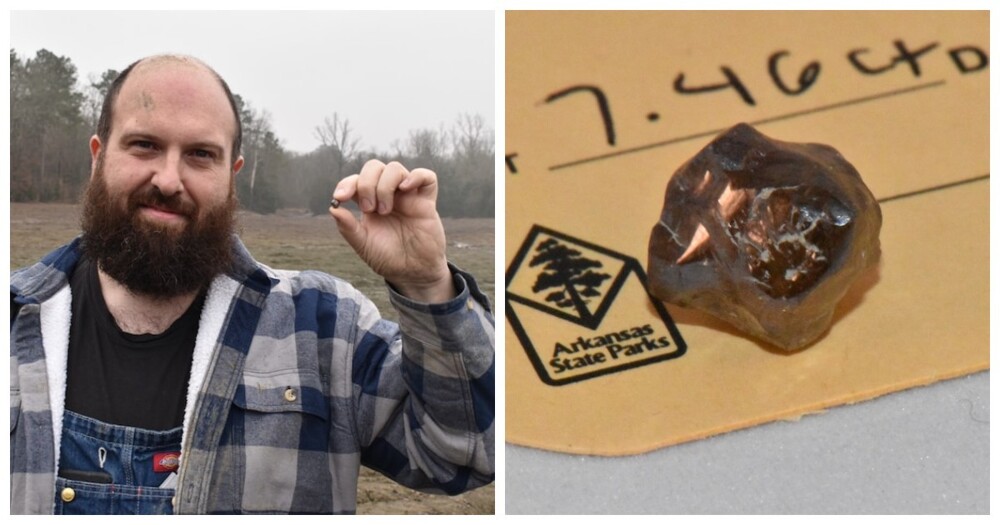
When Julien Navas left Paris on vacation in the United States, he knew he needed to buy a diamond for his future wife's engagement ring. He could have bought it at Zales or Tiffany. But in the USA, he found the perfect sparkling ring - right in the dirt in the Crater of Diamonds State Park in Arkansas. The 7.46-carat chocolate-colored gem cost him just $15.
“I was so happy,” said the 42-year-old entrepreneur. “Because it’s a big diamond, they asked me to give it a name.” I gave him my fiancee's name - 'Karin'." 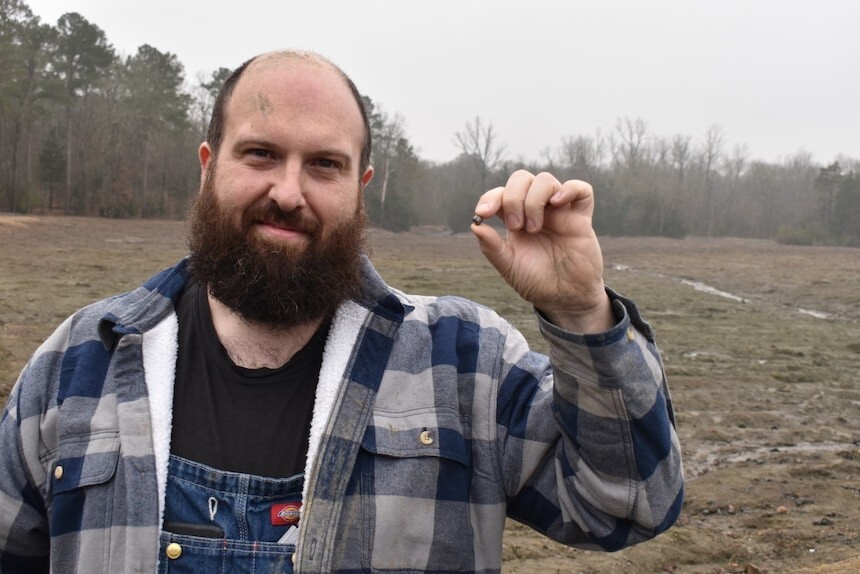
Navas's find was the eighth-largest diamond discovered at the 37½-acre mine since 1972, when the area became a state park. The first on the list of lucky ones is still a Texas tourist, who in 1975 found a 16.37-carat stone there. In general, the largest diamond in Murfreesboro (Arkansas) and in the country is the “Uncle Sam Diamond” - a 40-carat stone mined in 1924.
Since 1906, when farmer John Huddleston discovered diamonds on his land, more than 75,000 diamonds have been mined here, according to official figures. From 1972 through last year, 35,250 diamonds totaling 7,032 carats were recorded at Crater of Diamonds State Park. For almost two decades, the park has been visited by more than 100,000 people annually. 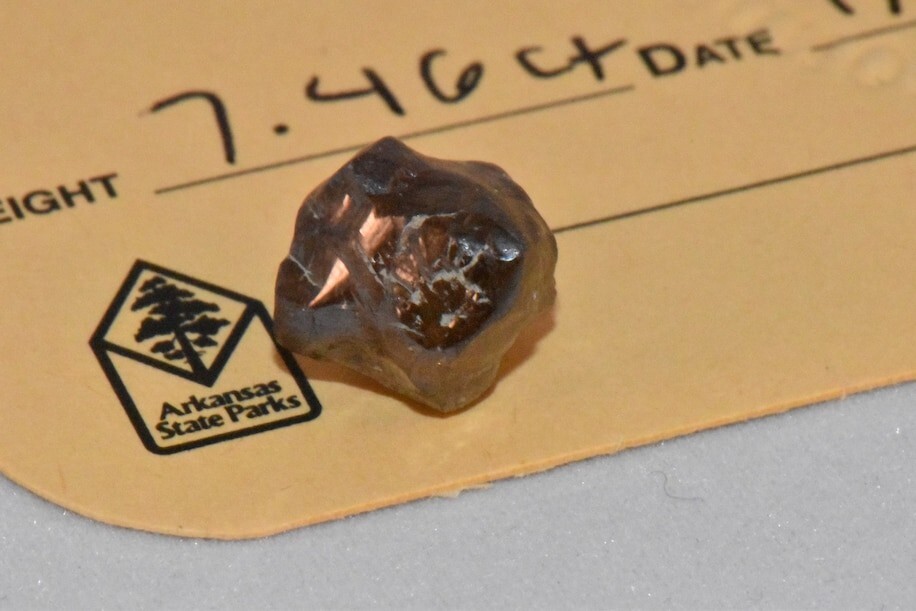
Sarah Reep, an Arkansas State Park interpreter, says there are an average of one to two finds per day, depending on the number of visitors. This rate decreases during the winter months and increases during busier periods. “We could have 10 diamonds on a day in March,” she said, “but there could be a thousand people here.”
Regular visitors apparently have the opportunity to get their hands on more diamonds, such as a frequent visitor who collected about 100 stones last year. However, Julien Navas was looking for only one diamond for his one and only.
“In France, people often write about the Crater de Brilliant,” he said. “I always had the idea of visiting him.” "I travel to the United States often, but this time I needed to find a beautiful diamond engagement ring for my fiancée."
Navas' main reason for coming to the States was to watch the United Launch Alliance's Vulcan Centaur rocket launch to the Moon on January 8 from Cape Canaveral, Florida. Unfortunately, the mission failed. The Sapsan lunar rover did not reach the Moon due to a fuel incident and burned out in the sky. An experienced hunter of precious metals and minerals, Navas decided to spend the second half of his journey trying his luck closer to Earth.
“Ever since I was a kid, I’ve been looking for treasure—gold, gems—using shovels and gold diggers and metal detectors,” he said. — I collected 10 kilograms of computer processors to extract gold from them and make a geeky engagement ring for my future wife. I went to an old emerald mine in Austria to get the gemstone. I searched for over a week to find and finish the engagement ring.” 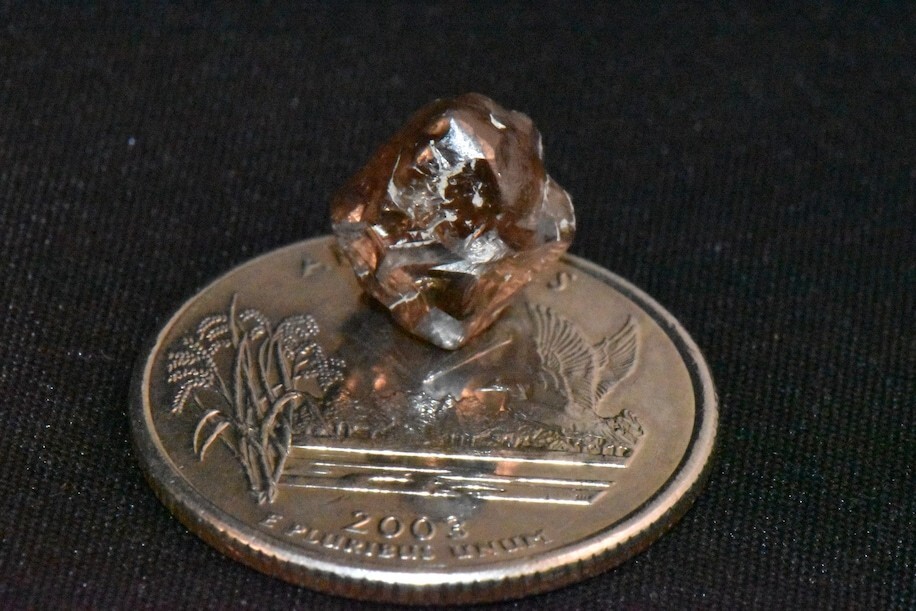
Before setting out on his quest, Navas consulted with park staff about various methods of searching for diamonds. According to Sarah Reep, there are three methods: surface searching, dry screening and wet screening. The ideal weather is a sunny day after rain has soaked the ground. Before Navas' visit, about 3 cm of rain fell in the park.
“We plow the rows in the field, and the rain kind of hits the top layers of the soil and washes away the heavier materials,” she explained. “In the meantime, the sun will illuminate the precious stones.”
Navas rented a basic diamond prospecting kit—a shovel, a sieve, and buckets—and got to work. He spent four hours digging in the dirt and washing the collected gravel with cold water. Nothing sparkled. After his lunch break, he wandered around the crater, observing the regulars. A professional hunter, “who only had his head sticking out of the hole,” advised Navas to stop digging and start scanning the surface. He walked around for another three hours beforethan noticed a brown crystal resembling smoky quartz. He consoled himself with the thought of a consolation prize.
At the park's identification lab, the experts took his crystal and returned with big smiles. They informed him that he had found one of the largest diamonds in the country. Reep said most people find an average of a quarter carat. She called the Navas diamond “abnormally large.”
“It was one of the most amazing surprises after the birth of my daughter,” Navas admitted.
He kept his discovery a secret until he returned to France. When his fiancée asked what he was doing in Arkansas, he gave her the answer. According to him, the diamond is so large that he will be able to use it for two engagement rings: one for his fiancée's wedding and another for his daughter's future wedding. She is three years old now, but time flies!
